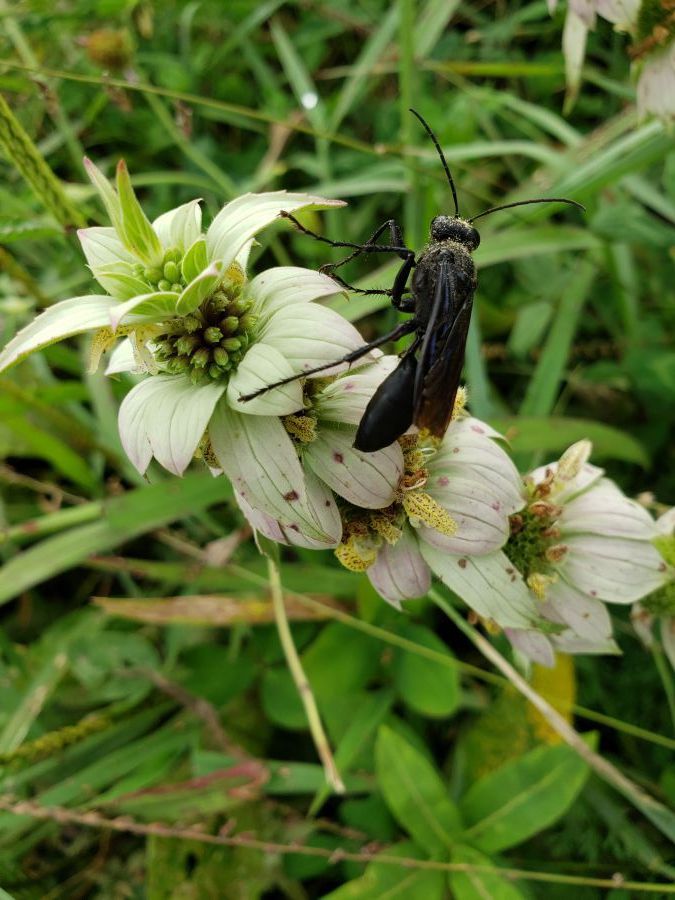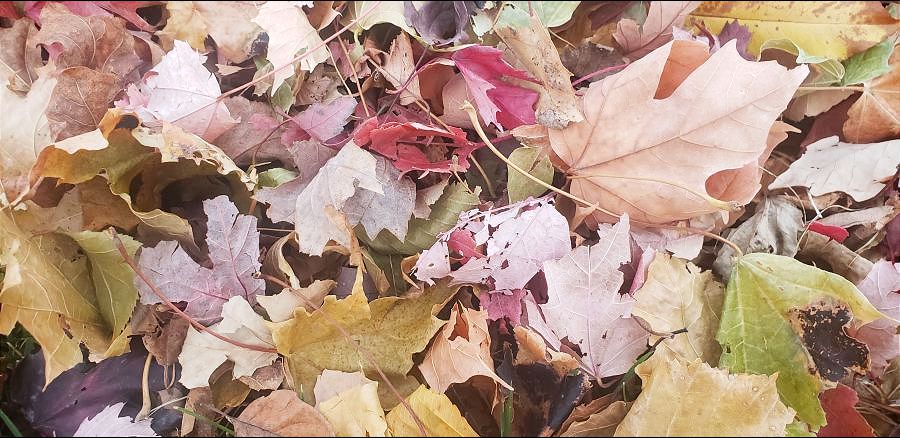Yard Care
Mowing, raking, bagging leaves and yard waste and removing from site, fertilizing and applying pesticides are all traditional methods of yard care that can have adverse side effects. City Engineering encourages residents to consider less intense yard care alternatives.
Lawn Care and Fertilizers
Mowing
Consider using a mulching mower. Mulched grass adds nutrients back to the lawn and reduces the amount of fertilizer needed. Time your mow so that it doesn’t occur directly before it rains. Grass clipping are high in nitrogen and if washed into the storm system they contribute nutrients directly to our lakes.

Fertilizers
Be sure to follow package instructions for application—do not over apply! Time applications carefully so it doesn’t occur directly before it rains and cause runoff. Use a mulching mower to add nutrients back to the lawn directly. Mow over downed leaves in fall and leave this mulch on the grass as additional nutrients. Consider discontinuing use of fertilizers altogether.
Pollinator Considerations
Many lawn fertilizer products also contain pesticides. If using such a product time application of product for when common lawn weeds (such as dandelions and clover) are not flowering as plants can absorb the chemical into the nectar. Consider discontinuing use of fertilizers containing pesticides.
Managing Leaves
Pick-up
Leaves can be raked and left, bagged or unbagged, on terraces for pick-up by our Streets Department. Check the Streets website for information on when pick-ups occur.
Mulching
Tree leaf mulching is a great way to aerate and improve soil nutrient content, and provide temperature and moisture insulation. Leaf mulching also prevents excess nutrients from washing into our lakes.
There are three main products you can make with leaves: mulch, leaf mold, and compost. The simplest way to reuse tree leaves is to rake and pile around the base of trees or over garden beds as mulch. Leaf mulch can be piled as high as a foot, and over time it will compress into a flat, dense material known as leaf mold. This highly nutritious, product can last for 2-3 years and helps suppress weeds and retain soil moisture levels.
Leaf compost can be created in as little as six months by finely shredding leaves with a lawnmower or weed whacker, then layering with grass clippings, green compost, or manure. Turning the mixture every three weeks and/or covering with plastic to trap heat and moisture will speed up the process of decomposition even more. 
Beware of mulching leaves infected with disease. If your trees exhibit signs of poor health such as excessive unseasonal loss of leaves, discoloration or spots on the foliage, or a white powdery substance covering leaves, your tree could have a fungal or bacterial infection. One common fungal infection that can be spread via leaf mulching is maple tar spot. Black spots develop on the leaves of maple species, not harming the overall health of the tree, but causing a cosmetic defect. Powdery mildew, a white, gauzy looking fungal infection is another fungus common to lilacs, viburnums, and others. Home composts usually cannot get hot enough to kill the agents responsible for these diseases, but larger municipal composts will. Rake, pile or bag, and leave diseased foliage on your terrace for the City to pick up.
